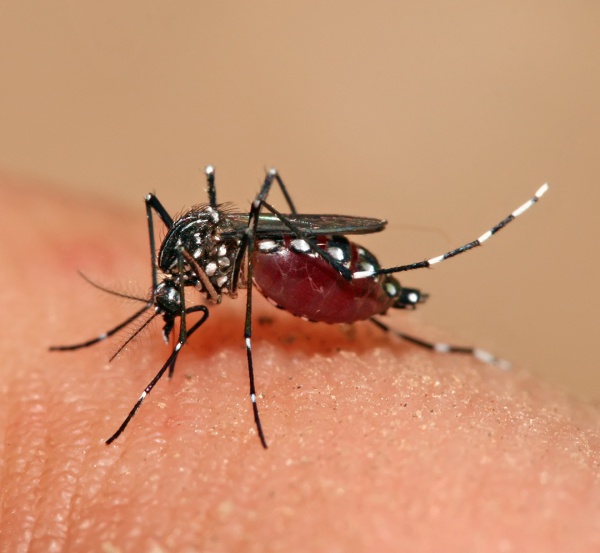Facts About Aedes
Aedes mosquitoes are a group of insects that thrive in tropical and subtropical regions worldwide, except for Antarctica. Certain species, like Aedes albopictus, have expanded to new areas through human activities, such as the trade of used tires. The genus Aedes was first identified by Johann Wilhelm Meigen in 1818, and its name is derived from a Greek word meaning "unpleasant" or "odious." These mosquitoes are infamous for spreading diseases such as dengue fever, yellow fever, Zika virus, and chikungunya.
Researchers have sequenced the genome of the yellow fever mosquito, Aedes aegypti, and detailed genetic information is available on VectorBase. Aedes mosquitoes are easily recognizable by their black and white markings, and they are daytime biters, with peak activity occurring in the morning and evening. These mosquitoes are vectors for several viral infections that can cause severe illness and even death, including dengue fever, yellow fever, West Nile fever, chikungunya, and Zika virus.
There are over 700 species within the Aedes genus. Historically, these species were categorized into subgenera, but following a classification revision in 2009, some experts now consider them as full genera. To combat the diseases spread by Aedes mosquitoes, a variety of control measures are employed, including vaccines, insecticides, mosquito traps, repellents, and nets. These strategies help prevent the transmission of mosquito-borne illnesses and protect public health.

 Norway
Norway